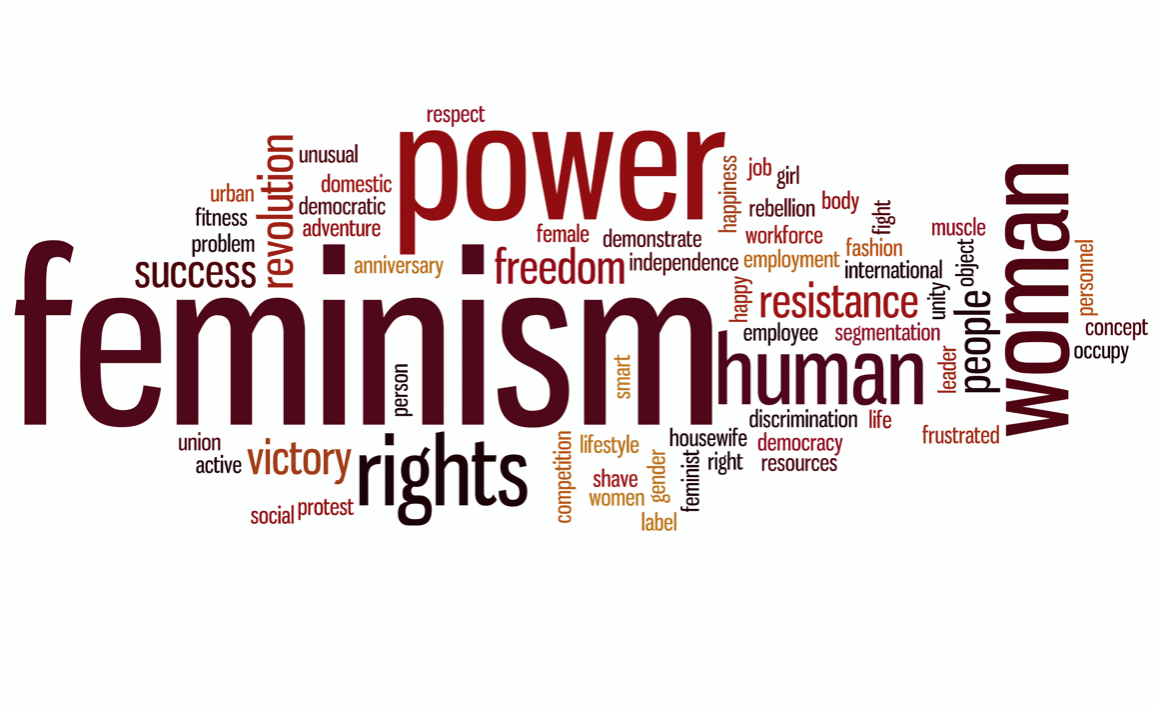By Debbie Zavaleta
We recently celebrated 110 years of Women’s International Day which began March 8, 1911. It is a global day celebrating the social, economic, cultural and political achievements of women. In 2021 the IWD theme was #ChooseToChallenge. Its message is that women must identify gender bias and inequality wherever it exists. To do this, people of all genders are encouraged to raise a hand to show their support and then post the photo on Social Media. The internationalwomensday.com website says, “so strike the #ChooseTo Challenge pose with your hand high to show your commitment to choose to challenge inequality, call out bias, question stereotypes, and help forge an inclusive world”.
Women business owners from the Kapiti and Horowhenua regions of New Zealand shared their stories in The Womanhood Journal. This journal idea was started by Anna Colville-Smith to get women to contribute their stories and encourage others to do the same. Proceeds of these journals go towards donations to a women’s charity. And why shouldn’t women share their stories of trials and success? There is nothing wrong with this if the goal is to help make a difference for all women everywhere.
Suzanne Grayson, videographer and photographer in Australia, began the Powerful Conversations Challenge. Some of the topics included: child-free, victimization, leadership, motherhood, sexuality, body physique and age discrimination. These short videos show what these women have experienced as it pertains to the topics. A child-free video talks to a woman who decided that she did not want children and a motherhood video talks to a woman who adopted a child and has an amazing career. Other IWD stories highlight women who have persevered through incredible odds and challenges.

But what about the call to action for accelerating women’s equality? In August of 1920 women were given the constitutional right to vote and the 19th Amendment was born. This widely came about through the efforts of the National Woman Suffrage Association into the League of Women Voters. Black women, however, did not gain the right to vote until the passage of the Voting Rights Act of 1965. Today, the fight for equal rights continues. Women complain that there is a gender pay gap, that they are under-represented in certain industries, that they still do more of the domestic and childcare work, that there are far fewer women in leadership positions and that men still make most of the decisions that impact women.
So far all seems good, right? Help fundraise for female-focused charities, celebrate women’s achievements and work towards equality for all women, requiring them to identify gender bias and inequality wherever it exists. Gloria Steinem once said, “The story of women’s struggle for equality belongs to no single feminist nor to any one organization but to the collective efforts of all who care about human rights”. This sounds like the women’s movement is a cause that we should all get behind.
Without a doubt there has been much progress in the plight of women in society. But, has this progress in equality brought more happiness to women? Betsy Stevenson and Justin Wolfers in The Paradox of Declining Female Happiness says that in the 35 years between 1970 and 2005 women are less happy than they were before. Has Feminism failed to deliver on its promises to women?
To understand more fully the evolution of feminism we must go back to July 19, 1848 and the Seneca Falls Convention. This was “a convention to discuss the social, civil, and religious condition and rights of women” It was during these early days of feminism that women believed men treated them as less-than citizens. Some even believed that society must get rid of men and re-make the family. So where did feminism go wrong? If the movement started out to help women in all areas of their life and community, how did it get to a place where it wants to destroy the family unit? Could it be because feminism evolved from helping women to taking men down?
In David Gordon’s book, The Root of Cultural Decay is Feminism, he says that for years “feminists have tried to subvert marriage and family life in an attempt to disrupt patriarchy”. They have done this through easy divorce, legal and free abortion and contraception.
In part II I will discuss how the family is being attacked by feminists who do not see a place for strong men and fathers in our society nor women who accept their roles of mothers and wives as partners in the family unity.
